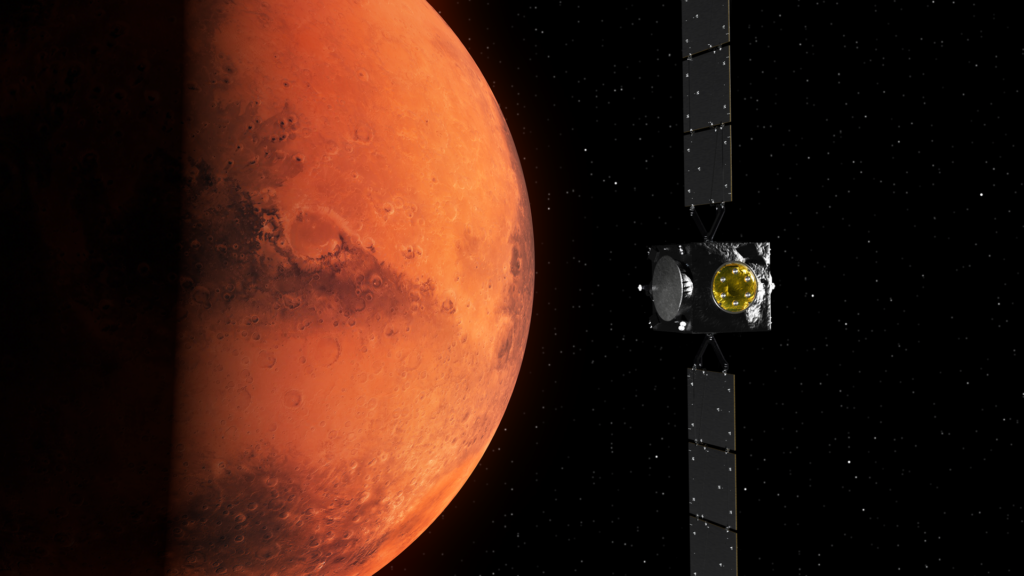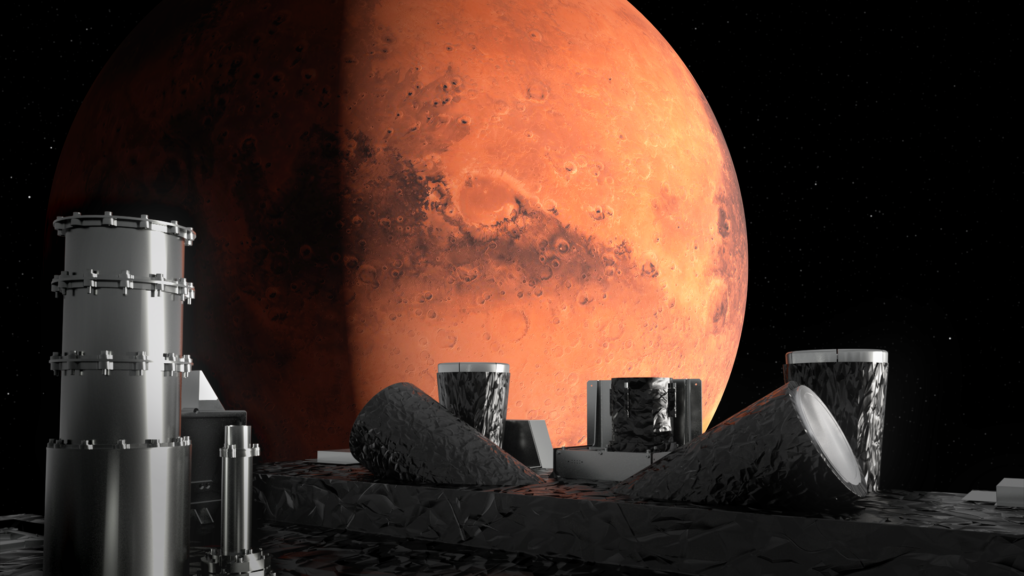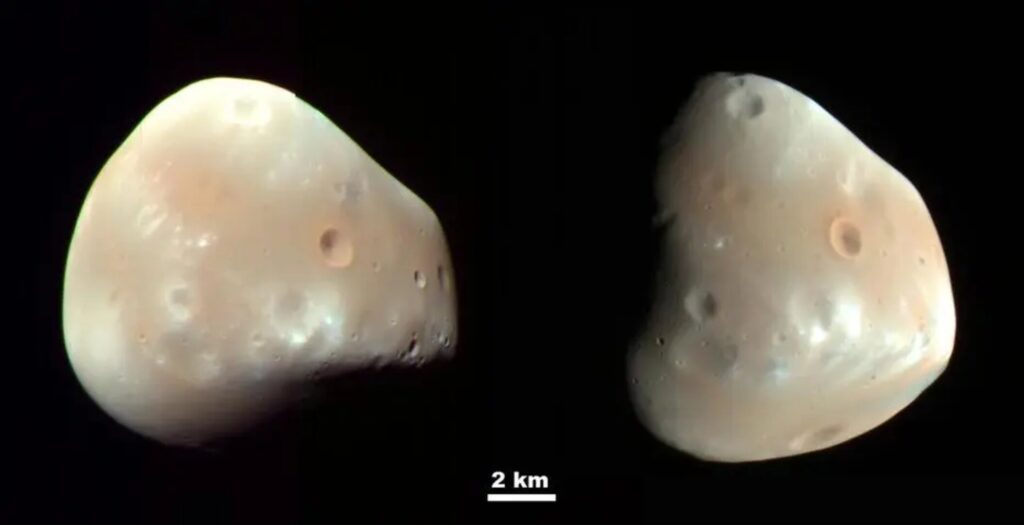The Hera spacecraft, designed to study asteroids, will fly near Mars. This will allow it to gain the speed necessary to achieve its goal, and also give scientists the opportunity to explore the Red Planet and its moon Deimos.

The Hera mission will be launched in September 2024. The main objective of the mission is the double asteroid Didymos. In the autumn of 2022, its Dimorphos moon was rammed by the DART probe. This event led to the release of a large amount of matter and changed the orbital period of the object. The European apparatus will have to study in detail how this event affected a couple of small bodies. In addition, Hera will take with it several cubesats, which it will release after entering orbit around asteroids.
But before reaching Didymos, Hera will also visit Mars. Mission specialists have developed a trajectory that will allow the probe to fly over the Red Planet in March 2025. Hera will pass at a distance of 6,000 km from its surface.

During the rendezvous, Hera will use the gravity of Mars to accelerate, which will save a lot of fuel and accelerate the arrival of the mission to the target. In addition, the scientists plan to use the upcoming flyby to conduct research. They are especially interested in Deimos, the second largest moon of Mars, which orbit passes at a distance of 23.4 thousand km from it.
The diameter of Deimos is 12.4 km and it has a dark surface resembling the surface of Class C asteroids. Because of this, until recently, the opinion prevailed that it was an asteroid captured by the gravity of Mars. Of course, spacecraft have photographed Deimos in the past — but none of them had the same set of scientific instruments as Hera.

The trajectory of Hera will be built in such a way that the spacecraft will approach Deimos at a distance of a thousand kilometers. A European researcher will take images of the moon, as well as collect data on the temperature and mineralogical composition of its surface. The Arab probe Al-Amal will also take part in Deimos’ observations.
The data collected by Hera should help in planning the Japanese MMX mission, which targets Phobos and Deimos. Its launch is scheduled for 2026. MMX will have to land a small Franco-German rover on Phobos, and then deliver a sample of its matter to Earth.
Follow us on Twitter to get the most interesting space news in time
https://twitter.com/ust_magazine


